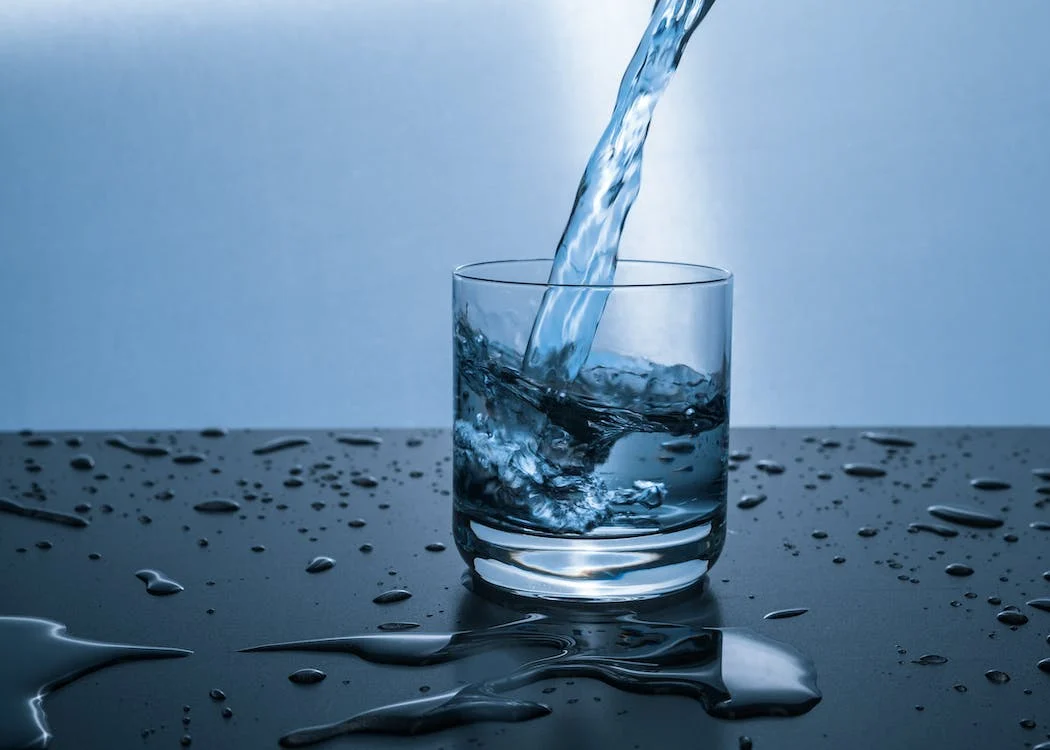A Detailed Overview of Camp Lejeune Water Contamination
The Camp Lejeune water contamination occurred from 1953 to 1987 and left many Marines without access to clean drinking water. In this article, we’ll discuss the causes of the Camp Lejeune water contamination, how it was discovered, and how it is being fixed today.
Water Contamination at Camp Lejeune
The water supply contamination at Camp Lejeune was caused by a leaking fuel tank, which was discovered in 1984. The contamination began in the late 1950s and continued until 1985. It is believed that there were three main sources of contamination:
- A leaking fuel tank containing MTBE (methyl tertiary butyl ether), TCE (trichloroethylene), and PCE (perchloroethylene).
- A chemical degreasing unit was used to clean night vision goggles and other equipment with solvents containing benzene compounds that flowed into unlined lagoons within the base.
- Waste from the landfill located on the base contained chlorinated organic compounds, including tetrachloroethylene and vinyl chloride monomer.
Exposure to Toxic Chemicals
The water contamination at Camp Lejeune has been linked to several serious illnesses and birth defects. You must know your risks if you were stationed there between 1957 and 1985.
The water was contaminated with trichloroethylene (TCE) and other chemicals from the base’s industrial plants. TCE can cause cancer in humans, kidney damage, and reproductive problems when ingested over time or through repeated exposure in large quantities. Like when drinking contaminated water for years on end.
According to National Cancer Institute, TCE was used extensively by the U.S. military to clean equipment, because of which contaminated groundwater and soil are found near many former and current military bases.
Health Concerns
There are many health concerns for people who were exposed to the contamination at Camp Lejeune. The most common symptoms of Camp Lejeune water contamination are:
- Liver disease, including cancer
- Kidney disease, including cancer
- Reproductive issues (including infertility)
- Neurological problems such as Parkinson’s disease and multiple sclerosis
- Infertility in women
Class Action Camp Lejeune Lawsuit
A class action lawsuit is a type of collective litigation that allows people with similar claims to sue together. The idea behind a class action is that it allows plaintiffs to share litigation costs, making it easier for individuals with small claims to bring their cases before the courts.
A class action lawsuit was filed against the U.S. government on behalf of individuals affected by contaminated Camp Lejeune water following exposure at the base between August 1953 and December 1987. (Source: AboutLawsuits.com)
To be part of a class action lawsuit, you must meet specific requirements:
- You must have been harmed by the contamination at Camp Lejeune.
- Your harm must have been caused by exposure to Camp Lejeune’s contaminated water supply at some point between 1953 and 1987.
If you meet these criteria and wish to join one of the pending Camp Lejeune contaminated water lawsuits, you should call an attorney today.
VA Benefits for People Who Served at Camp Lejeune
If you have certain health conditions and have served at Camp Lejeune, Veterans Affairs (VA) benefits may be available to you. The following are some examples:
- Medical care: Veterans who were exposed to Camp Lejeune contaminated water can receive medical care through the Department of Veterans Affairs. This includes treatment for injuries or illnesses that developed as a result of exposure to the contaminated water at the base.
- Disability compensation: Veterans who develop any of the following diseases that were caused by exposure to toxic chemicals in their drinking water while serving on active duty may be eligible for disability compensation from the VA. The diseases include bladder cancer, liver cancer, kidney cancer, leukemia, multiple myeloma, Parkinson’s disease, peripheral neuropathy (nerve damage), colon polyps or colon cancer, and acute myeloid leukemia.
2023 Update
The 2023 Update is to provide medical care and compensation to veterans who were exposed to harmful drinking water at Camp Lejeune. The goal is to help those affected by this contamination receive better health care and financial compensation for suffering caused by their exposure.
According to Reuters, The Department of Health and Human Services (DHHS) Agency for Toxic Substances and Disease Registry has estimated that as many as one million people may have been exposed to contamination at Camp Lejeune, and attorneys estimate that up to 500,000 claims could be filed.
Conclusion
We hope that this article has helped you understand the Camp Lejeune water contamination and its effects on people who served there. If you or someone you know was exposed, it’s important to seek medical attention as soon as possible.
